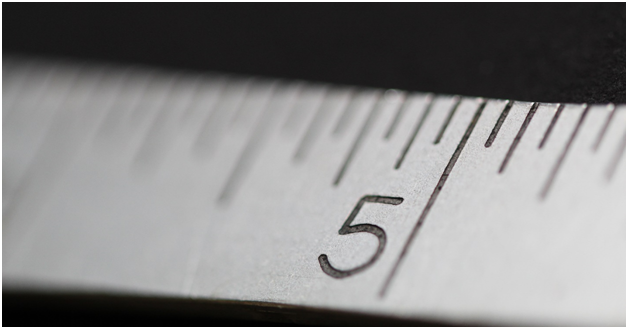Accuracy and precision of encoder are sometimes regarded as synonyms. However, these terms have completely different meanings. Let’s see what exactly.
Accuracy
Accuracy is an indicator of measure correctness. Because in one measurement the precision affects the accuracy, the average of a series of measurements is taken into account. The error of the measuring device is usually given by two values: the accuracy of the indication and the accuracy on the whole scale. These two characteristics together determine the total measurement accuracy.
Precision
The term precision is used to express the randomness of a measurement error. The random nature of the deviations of the measured values in most cases has a thermal nature. Precision is given only by the probability that the measured value lies within certain limits.
Use the right terms
Accuracy and precision, therefore, have different meanings. The measurement may be very precise, but with huge inaccuracy. Or, vice versa, with good accuracy, but not precise. In general, a measurement is considered reliable if it is precise and with a small inaccuracy value.
Optical encoders
There are several technologies used in encoders to measure position. The most common is optical. In an optical encoder, a beam of light is directed through (or onto a disk) with holes, so that light passes or is blocked. An optical detector senses transmitted light and generate a corresponding electrical signal. A special pattern is formed from the holes and series of marks on the disk in the form of an optical lattice. It can be used to measure angle or movement. The marking scale can be very small – down to microns – allowing many optical sensors to provide data with a high degree of precision. The optical disk works in close association with optical detectors. The electrical connection is usually realized using a multicore cable. A simple electrical interface combined with widespread availability makes these sensors easy to integrate.
The main disadvantage of such encoders is that they are unstable to environmental conditions like vibration, moisture or extreme temperatures. Such open-loop ring encoders are especially sensitive to the presence of foreign substances in the working area of the optical sensor, given the small size of the optical elements, comparable to the size of dust or dirt particles. So the precision of these sensors is not very high. Inadequate or non-existent failure alarms can lead to the incorrect output of position data or an error message.
Unsurprisingly, optical encoders are generally not the preferred choice for applications with high reliability or safety requirements.
Inductive encoders
The inductive encoder uses principles for measuring target positions relative to the stator or rotor. Such sensors use the same physical principles as traditional inductive devices, such as brushless resolvers or differential transformers for measuring linear displacements. However, the electric interface of inductive encoders is similar to the interface of optical position sensors – a simple DC power supply and digital electrical output signal.
Most traditional resolvers look more like an electric motor – with copper windings on the stator, which interact with a metal rotor. Inductive or transformer coupling between the stator windings varies depending on the position of the rotor. Instead of the design in the form of transformer windings, the design of the inductive encoders uses printed circuit boards of the rotor and stator, making them less bulky, and more accurate.
Absolute and incremental encoders
Encoders can be absolute or incremental. An absolute encoder provides position information when the power is lost, whereas an incremental encoder is used where velocity and direction information is required.
The choice of incremental encoders is wider than absolute encoders, but this changes over time, since the number of additional costs for absolute devices decreases. Also, in many applications, in particular in robotics and automated systems, it is less acceptable than the equipment undergoes a calibration procedure at startup, in which case position sensors must determine the position at the point where they are. In case when need to track the absolute position of the rotating shaft nice choice, in comparison with the common encoders, will be the absolute type. You can check encoders here to understand how different types work and if it will be useful in your application.
By the way, if we talk about precision and accuracy type of encoder doesn’t matter, because absolute ones have additional electronics that keep tracking position, so better to concentrate on technology and technical manufacturing process. And choose absolute or incremental it’s only up to your needs.
The process of choosing the encoder with nice precision and accuracy rate must start from analyzing environment conditions where the device will be used. Calculate minimum requirements to system precision and do not forget to follow manufacturer recommendations and installation guides to keep the system reliable, cost-effective and enough precise to solving the concrete tasks.





